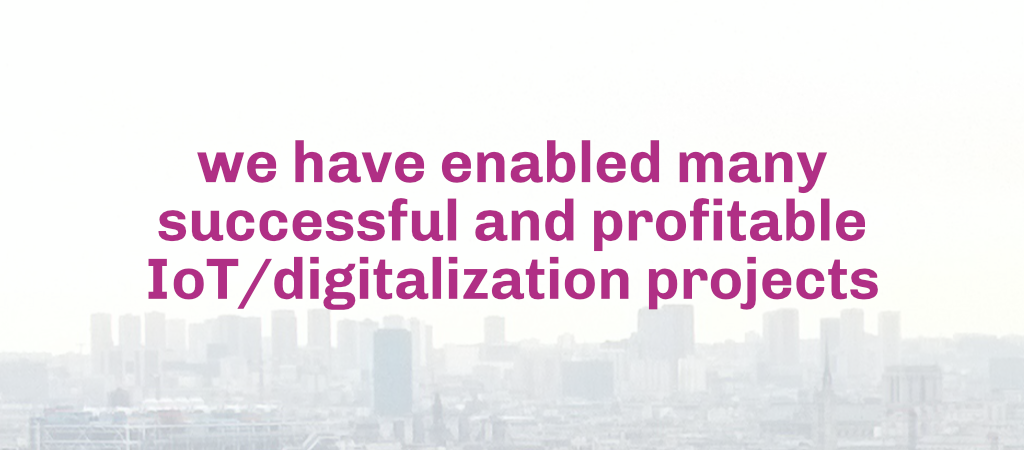Share this post:
For the last 10 years, many cars have been factory-equipped with 3G or LTE connectivity, while customers have been offered a mobile app or web portal to interact with the car: start heating, indicate location, open doors etc. In addition, same connectivity is used for emergency calls during accidents, which can be detected from airbag or other safety equipment triggering.
Car manufacturers usually offer this app or portal as a service, which is included for 1-2 years when the car is purchased new, after which there’s a sales effort to get the customer to pay a yearly fee.
Having discussed with many manufacturers, connectivity suppliers and end users, I can conclude that this is where the business model breaks. In many cases, less than 2% of customers actually purchase an extension to this kind of service, and most users don’t even remember having the service during the initial period.
While the emergency side has been successful and surely saved lives through automatic 112/911 calls, the pre-emptive maintenance and the overall car virtualization has mostly fallen flat. But why?
During the 19 years of BaseN, we have enabled many successful and profitable IoT/digitalization projects but also seen a few failures. What sets the successful ones clearly apart is ultimately quite simple – the product, be it a construction site, ocean liner propulsion component, paper machine or a smart home, must be completely redesigned with new digital capabilities in the center of the design process.
There must be something completely new, and the sales & marketing processes must also be changed in synchrony. This has not happened with cars, even though all the opportunities are there. Even the rise of Uber-type of car sharing services has not penetrated the century-old industry. The purchased car is still delivered with the Fire-and-Forget model, with just a badly maintained app mentioned in a glossy brochure smelling like leather.
The next-generation car manufacturer delivers (and the customer buys) the Car Experience, with full lifecycle management of every component included. The customer can choose the payment model; upfront, rental, sharing or something else. All service events are included, and the mass-customization and adaptation to the individual user starts from the first drive. There are no car dealers; the manufacturer’s greatest assets are the spimes – digital twins – of their customers’ Car Experiences.
//Pasi





2 replies on “Car No Digital”
Hello basen.net administrator, Good work!
Hello basen.net webmaster, You always provide practical solutions and recommendations.